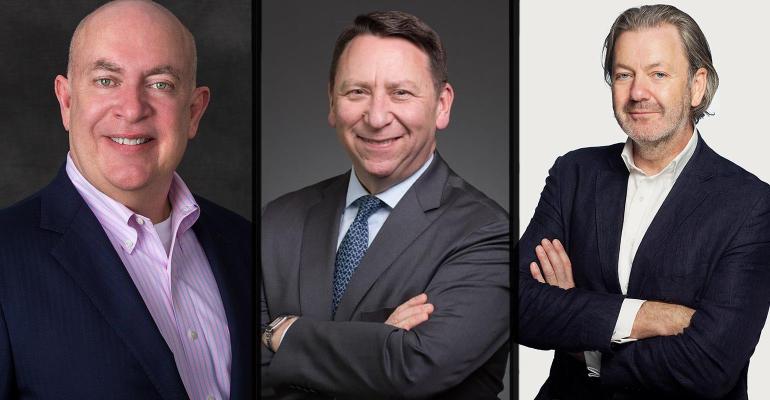A joint British and American endeavor, composed of financial services industry veterans and technologists, has launched a token aggregator and distribution platform, aptly named Tokenbridge.
Headquartered in London and New York City, the company and its services and platform are seeking to work with other firms in the wealth and fund management industries to bring about tokenization of assets and data using distributed ledger technology.
Tokenbridge touts that what it offers is an open-architecture and blockchain-agnostic solution.
Now, in simplest terms, tokenization, when it comes to assets (it has different meanings in other fields like security) is the process of issuing a digital representation of a real or digital asset on a blockchain. The data that makes up this token can also include things like ownership rights, depending on the form of digital ledger or blockchain being used.
“We think there will be a global surge of tokenization,” said Daron Pearce, executive chairman at Tokenbridge, who spent 20 years with BNY Mellon across asset management and asset servicing, before deciding he wanted to work on something new with the potential to change the industry.
He’s not alone.
Efforts are underway in the U.S. among several Wall Street firms, as well as overseas. Last week, many major United Kingdom asset managers announced plans to begin developing tokenized versions of their funds, after getting a green light from the UK Treasury and the Financial Conduct Authority. Similarly, varying types of tokenization efforts are underway in Asia, including the announcement of multiple pilots in Singapore two weeks ago, as well as Hong Kong and other places.
“Distributed ledger is nothing new,” said Stephen Ashurst, co-founder and CEO of Tokenbridge. “After all, the double-sided ledger was invented in the 17th century and then you have the digital distributed ledger invented in the 1970s.”
While blockchain is a form of distributed ledger technology, not all DLTs are blockchain because the latter relies on a specific format and infrastructure. Both the blockchain and distributed ledgers are distributed, meaning neither relies on a centralized authority, all the participants maintain their own copies. As the name would suggest, data gets stored in blocks with blockchain and cannot be edited (only new blocks added to the chain). From there things grow increasingly complicated.
Ashurst, who has spent 26 years as a financial services technology consultant and analyst working with dozens of large firms, recently co-authored a book on the practical applications of distributed ledger technology titled, “Blockchain Applied” (from Routledge, an part of Taylor & Francis, which, like WealthManagement.com, is owned by Informa Plc).
“Writing the book I found a business opportunity, as there is no magic bullet when it comes to modern distributed ledgers and building a platform for backend connectivity and books and records—all of it can be tokenized,” said Ashurst.
In a nutshell, the new company plans to use distributed ledger and smart contract technologies to cuts costs and remove the inefficiencies and inherent friction of current processes in financial services operations from fund management to distribution and all parts in between and beyond. Tokenbridge plans to accomplish this using their own white-labeled B2B token distribution technology.
To illustrate what this might look like, Ashurst used mutual funds or ETFs.
“The optimum endpoint, the fund has share classes; imagine a share class ‘T,’ these are the tokenized share classes that because of the lack of friction—and if I’m already a shareholder and talk to my advisor I have exactly the same thing [as someone holding a traditional fund class share] but it is exactly the same fund and same thing—but half the price,” he said.
“The fund administrator is going to shift me from the old system to the blockchain—now this is my own personal vision of what the industry will look like,” added Ashurst.
In addition to arguments about reinventing the wealth and fund management industry’s plumbing for the sake of efficiency and cost cutting, another point they make is that current young and future generations of investors will simply expect a far more modern financial services industry.
“The next generation is going to want it their way, they will demand intraday liquidity, to be able to trade with tokens at any time, and ‘oh, how will this work on my phone?’ And, of course, if funds are cheaper, that means that advice is cheaper too,” said Joseph Keenan, who heads up sales and is an advisory board member at Tokenbridge.
To be sure, while efforts are underway in many parts of the world, there remains no shortage of naysayers and those urging caution and a slowing of the pace in terms of widespread adoption of blockchain and distributed ledger technology. Fears range from the legal finality of related transactions, to risks from cybersecurity and ransomware attacks.
While the Tokenbridge team said they could not comment on how much in funding they had raised to date, they are in the midst of a funding round, which is set to close in the first quarter of 2024.





